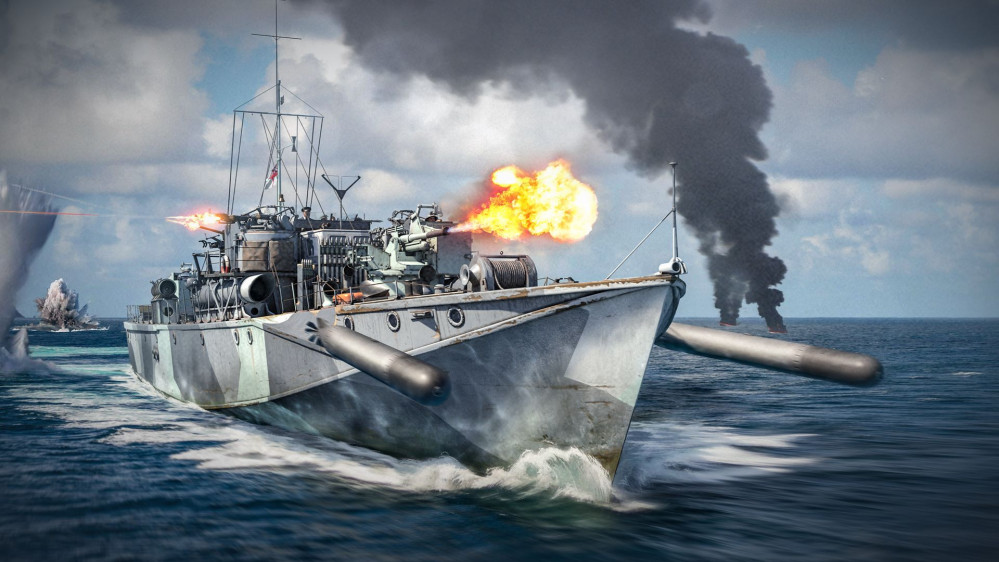
Bob C's Everything you Didnt Want to Know about British Coast Forces and how to play them.
Part 1 How I became interested in the Fairmile D, and British coastal Forces in General.
The whole coastal warfare genre can look like a bit of minefield to non-historically orientated gamers and when I began playing it in the ancient past it was even more a mystery with only a few tables in a at the time a new set of rules and few basic models in 1/1200th to go on. My only knowledge of the genre had been the old two PT boat movies, ‘They were Expendable’ and PT109. The later my father had taken me to see when I was a Bairn, I never remembered the film title and came to call them Machine Gun Boats ( I also saw the tv series ‘The Rat Patrol’ and came to call jeeps machine gun trucks)
Later I learned the British had Machine gun Boats from the airfix models of the Late Vosper MTB’s and the RAF Launch and poss the PT’s by Revell. plus the dastardly Germans had them in the form of E-boats with Airfix’s early E-boat model .These were always shown as the fast sleek boats from the box covers. The only other boats I knew about was the Denny Steam Gun Boats, particularly the ‘Grey Goose’ as there had been a series of articles on building one in the old Military Modeller magazine.
- Therefore depending which side of the pond you are on , it your knowledge may be of either the battles with PT’s in the Pacific or Battles in the Channel and North Sea. In fact though during WW2 it happened just about anywhere there was a coastline, shallow waters, islands etc. and extended to Norway , the Med. Aegean, Normandy Invasion, Black Sea, and involved British MTBs, MGBs, German S Boats, R Boats, Italian MAS boats Russian boats both mass produced and cobbled together locally, likewise for the Japanese, not to mention Frigates, Corvettes, Minesweepers, Sub Chasers, Ferries, landing craft and just about anything that floated and you could put a gun on.
Therefore the Fairmile ‘D’ or old Dogboat as it was nicknamed, to many may be a bit of funny beast to anybody being introduced to it the New Warlord Game ‘Cruel Sea’s. This is not helped by its designation of MTB/MGB a boat that appears to be on steroids, powerfully armed and for its class fairly slow. I know when 1st came across in its 1/1200th version from a long gone company Leicester Mirco models wasn’t sure. what to make of it.
The little model itself wasn’t much more the MTB shaped blob with little detail and in the game itself it always suffered at the hands of a late war S boat due to peculiarity in the rules we used at the time. It later turned out that the version of S boat we were using with 3 x twin 30mm mounts was rare if ever seen at all. It then turned out its main weapon the twin 30mm had never got past testing stages. We were not helped that in those days by no internet and books on subject were rare and expensive , if available even if I could find them as a 6th former at school so as a project it sort of went on a back burner during my entry into the RAF other than reading the occasional Douglas Reeman book when on night shift. Funnily enough this novel gave quite a good account of Fairmile D later in the book
- This caused even more confusion as the armaments mentioned had no relation to the models I had seen or made.
I have since learned quite a lot about Dogboats and with their release by Warlord, which show 6pdrs the wrong way round on the Warlord preview models I thought I would pass on what I know in a quick guide.
A brief description of the British Boat types
The Royal Navy had 6 types of fast boats
Motor Torpedo Boats( MTB’s), Motor Gun Boats (MGB’s), Steam Gun Boats( SGB’s) , Motor Launches (ML’s) Harbour Defence Motor Launches (HDML’s) and Motor Anti Submarine Boats ( MASB’S).
The Fairmile D is often described as an MTB/MGB as initially it was either one or the other though by around the end of 1943 this changed as pretty much all MGB’s of all types had torps fitted and became MTB’s. A question that comes up is why did the British have these so many types when both the Germans and Americans combined them in the their S-boat and PT boat designs
MTB’s
The Torpedo boat had been around since the development of the modern Torpedo by Whitehead way back in 1866 and had been quickly developed by numerous small powers as cheap deadly way to counter the massive Battle Fleets of the major powers right up to the outbreak of WW1. In fact the development of Destroyers in today’s modern fleet can be traced to the Gunboats or Torpedo boat destroyers developed to counter them. In fact German Destroyers throughout the 1st world war were still called Torpedo boats.
They had gone through various incarnations appearing and disappearing in the world navies despite some spectacular success by both the Italians and British at the closing stages of WW1 and Russian Civil war.
The Germans had developed the early S-boats (E-boats to the unfamiliar) as a fast way of gaining some parity with the vastly superior numbers of the Royal Navy, and in response a handful of boats had been built based on the coastal motor boats of WW1 by 1940 consisting of 3 flotillas one in the channel, one in the med and one at Hong Kong. This developed into 100’s of boats by the end of the war
Initially lightly armed gunwise the armament grew as the war developed and better wpns became available.
MGB’s
One of the reason this type of boat came into being was the small no’s of MTB’s avail at the start of the war and the need to provide some sort of protection to the numerous Convoys that ran up the East coast of England.
Secondly early MTB’s main weapon the torpedo took up much of the wpn carrying capacity of the small boats leaving very little room for offensive wpns other than a few machine guns with the heaviest wpn being the twin .50 vickers machine gun. Most were lighter wpns generally Lewis guns in single, twin or in some cases quad mounts. None of these wpns were really capable of stopping of sinking the s-boats that were starting to cause heavy damage to the coastal convoys.Torpedoes were unable to target these shallow hulled vessels and would have been a wasteful use of such a wpn on such small targets.
A fast heavily armed torpedo boat destroyer was needed, almost in parallel to the early development of the Destroyer mentioned above. As it happened a boat had been designed with slightly heavier armament the Motor Anti Submarine Boat or MASB and these were pressed into service as early gunboats.
One of the big problems with theses stop gaps was again the lack of heavy armament capable of stopping the s-boats. Particularly as the heaviest armament (3pdrs or if avail 20mm orlikens) was at the back and in most case the boats would be fighting stern chases as the S-boats tended to attempt to avoid combat when intercepted.
Various ideas began to be developed to find a solution, see part 2
Motor Launches ML’s
I remember a description of these as being slower and less heavily armed all round motor vessels than the specialised MGB’s and MTB’s and on 1st seeing one was certainly confused by the less heavily armed bit as it was covered in guns most heavier than the average MTB.
- In fact it was an early war description and similarly to the brethren they became increasingly more heavily armed as the war went on, they were effectively the British version of the German R boat )again which was a boat used for multiple purposes and sometimes confused with S-boat as they were all called e-boats or enemy boats by the allies). They actually served in all theatres of the war , in fact being the only British Coastal forces used in the Pacific post the fall of Hong Kong in 1942
Harbour Defence Motor Launch (HDML)
I don’t know a fat lot about these apart from having some models in my 1/6ooth collection so have added the description below from Wikipedia
HDMLs were originally intended for the defence of estuarial and local waters, but they proved such a seaworthy and versatile design that they were used in every theatre of operations as the war progressed. They were to be found escorting convoys off the West Coast of Africa, carrying out covert activities in the Mediterranean and undertaking anti-submarine patrols off Iceland. They also played major roles in Operations Glimmer and Taxable, deception operations to draw German attention away from the Normandy landings.
In Royal Australian Navy service they were used for coastal patrols around northern Australia, New Guinea and Timor, and for covert activities behind Japanese lines in South East Asia.
HDMLs were initially transported as deck cargo on larger ships for foreign service, which is why their length was restricted to 72 feet.[clarification needed] Later in the war, with many merchant ships being sunk, it was found to be much safer to move them abroad under their own power. Some HDMLs, undertook fairly substantial ocean voyages. Many belonging to the Mediterranean fleet sailed from the UK to Malta via Gibraltar in convoy, voyages which necessitated going well out into the Atlantic in order to keep clear of the enemy occupied coast. Three HDMLs were fitted with a second mast and sails with the intention of sailing to the Caribbean. In the event, they did not make this voyage, joining the Mediterranean fleet instead.
British HDMLs were normally manned by Royal Naval Volunteer Reserve (RNVR) officers with temporary commissions, and “hostilities only” ratings. The crews, however, gained an enviable reputation for their skill and expertise in the handling and fighting of their vessels.[citation needed]































![TerrainFest 2024 Begins! Build Terrain With OnTableTop & Win A £300 Prize! [Extended!]](https://images.beastsofwar.com/2024/10/TerrainFEST-2024-Social-Media-Post-Square-225-127.jpg)









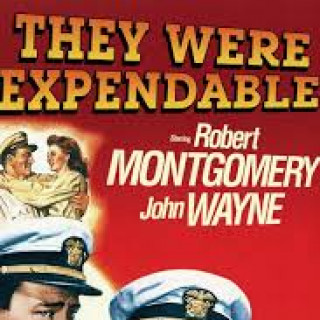
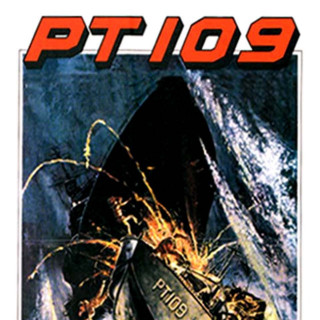
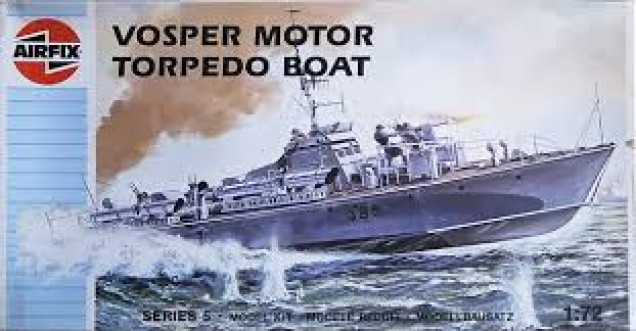

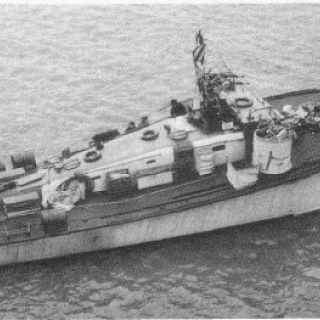
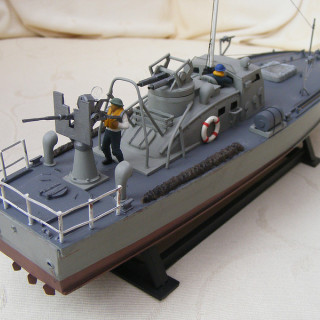
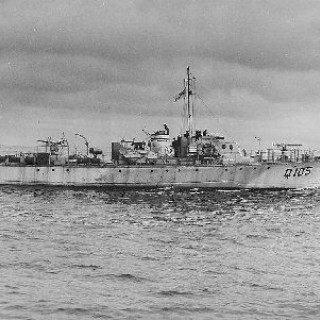
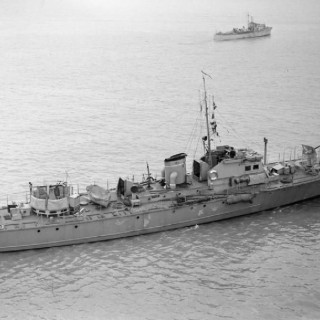
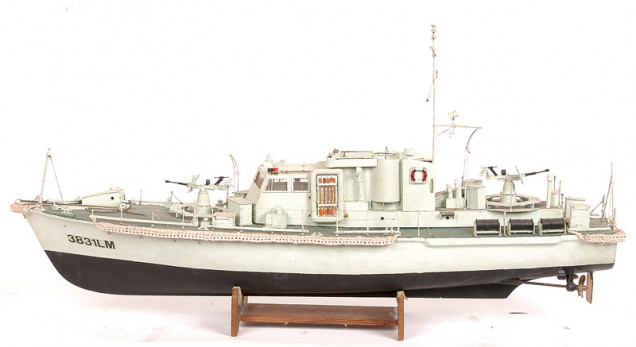

































Leave a Reply